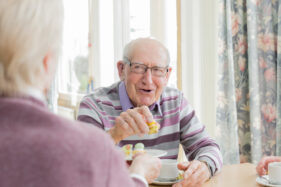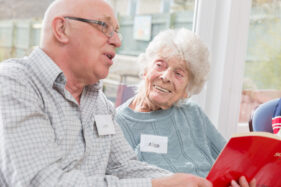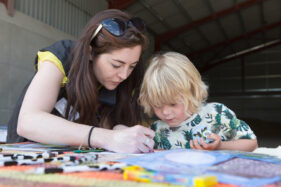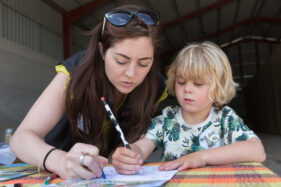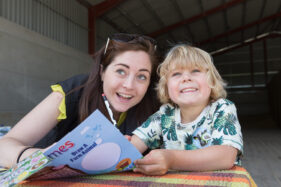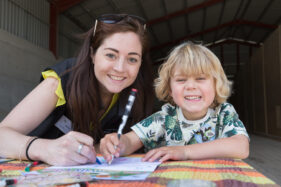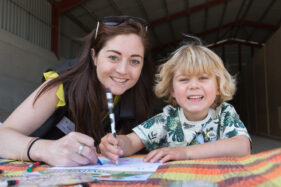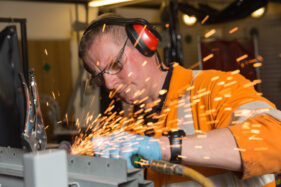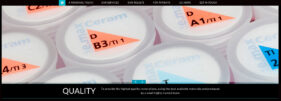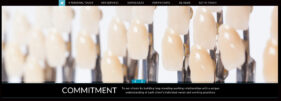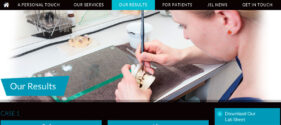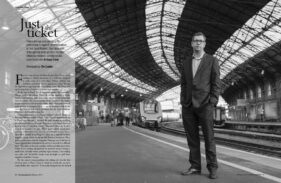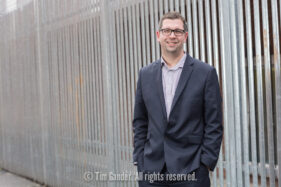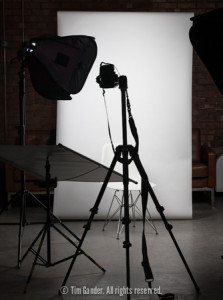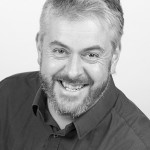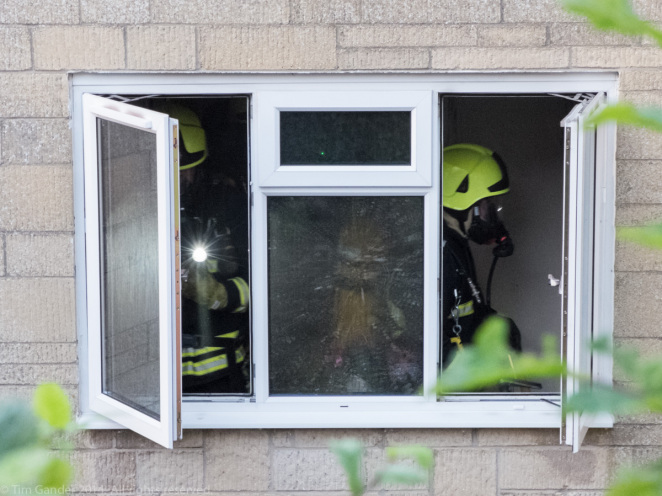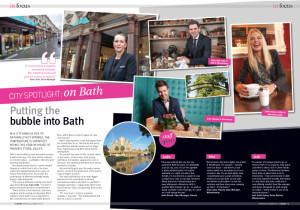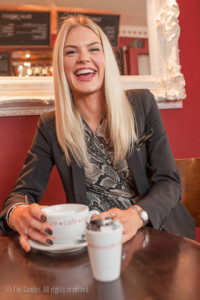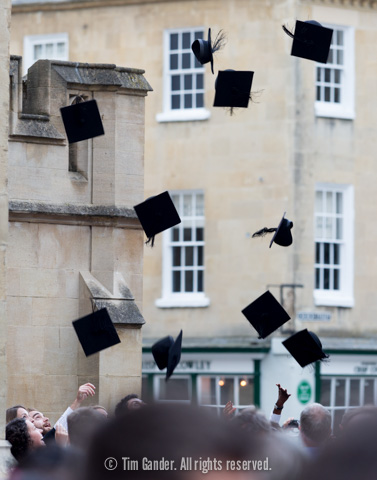Sometimes I get a brief which sets a tone and style, but still leaves me plenty of room for creativity. This is always very rewarding work, but carries with it that extra frisson of responsibility – what if my pictures aren’t what the client envisaged? What if I stray off-piste? And in today’s example, working with NHS Bath And North East Somerset Clinical Commissioning Group (NHS BANES CCG for short) I knew I had to get each shoot right first time as public money has to be spent very wisely.
NHS BANES CCG needed fresh images for their annual review and new website. In the past they’d used stock imagery quite heavily, but there was a recognition that people engage better with pictures which are clearly not posed by stock models. Also, as useful as stock images can be for some applications, they can’t reflect all the subtle uniqueness of a local health service, and so I was approached with a view to getting the ball rolling on a new image library which their designers and PR managers could draw on as required.
I was sent to cover various events and illustrate different services within the CCG, but apart from an expressed wish to see light, engaging images with backgrounds knocked out of focus to emphasise the people, I was pretty much left to cover these sessions using a combination of set-up poses and fly-on-the-wall techniques.
Probably my favourite of all the photo sessions was the morning I spent with the Singing for the Brain group, who meet weekly and give those with dementia and their carers a chance to socialise and stimulate their memories through singing and fun activities. Capturing the pleasure on the faces of people as they met for tea and cake, and then when they got into the singing session, was really up-lifting.
The team I worked with were very pleased with what I turned in and I’ll be gradually adding to their library in the year ahead, so I’m looking forward to finding out even more about what the CCG does, meeting the people who run the services, the people who benefit from them and creating pictures which encapsulate the whole story.

